We see our customers as invited guests to a party, and we are the hosts. – Jeff Bezos
Let’s take Mr. Bezos’ thought a step further. The real job isn’t keeping them happy while they’re at the party. The real job is to hold their attention both before and after the party.
It’s exactly this thought that has caused many brands to go from providing good customer service to providing a good customer experience. Customer service begins after someone buys your product or subscribes to your service. On the other hand, customer experience begins when your potential customer learns about your brand or business for the very first time. The way you interact with this person through the course of your entire relationship determines how he/she feel about your brand.
Take a look at these numbers:
- 79% of consumers want to see that brands care before considering making a purchase.
- 55% of consumers are willing to pay more for a guaranteed good experience.
- 75% of consumers expect a consistent experience wherever they engage -social networks, in-person, online, or by phone.
- By 2020, more than 40% of all data analytics projects will relate to an aspect of customer experience.
And yet…
- 33% of organisations are not able to track customer journeys.
- 44% of companies seem to have a greater focus on customer acquisition.
It’s no wonder that today, both small and large businesses place a lot of importance on providing a customer experience.
Now, try to answer this question: where does a large part of the interaction happen? That’s right, social media platforms. In the past two to three years, social media has gained importance, not just as a marketing channel but as a channel constituting customer experience. And the reason is clear – customers are willing to spend 20% to 40% more money to buy something from companies that engage with them and respond to them on social media.
This means that taking care of your customers and potential customers on social media is no longer an option. Your brand is expected to actively interact with them at every step and ensure that you make them feel valued.
Here’s how.
Show Gratitude
Say you liked a service, took to Twitter to show your appreciation, and they didn’t thank you. How would that make you feel? More importantly, how would that make you feel about them? There is a high chance that you won’t choose to use their service in the future.
Providing a good service is half the battle won. In this case, despite providing a good service, the brand lost a customer just because they forgot a simple thing – everybody likes to be thanked.
Showing gratitude is especially important for small businesses as it gives them a good chance to create a recall value – the customer would remember the brand’s sweet gesture or response.
Take, for instance, Wufoo – an online form builder – has been following a tradition since it started out. Every week, Wufoo’s team takes time to draft, decorate, and mail personalized cards to their customers. Result? More than 50% of the customers who sent these cards felt compelled to continue using their product. Wufoo’s effort helped it gain its customers’ loyalty.
This May, HubSpot took the employee route to thanking its customers. They released a series of videos with the hashtag #CustomerLove, wherein HubSpot’s employees talked about what they love about their customers. While Wufoo did it with personalized cards, HubSpot revealed the human faces behind its brand. And that’s exactly what connected with their customers. The videos received a lot of appreciation from HubSpot’s customers.
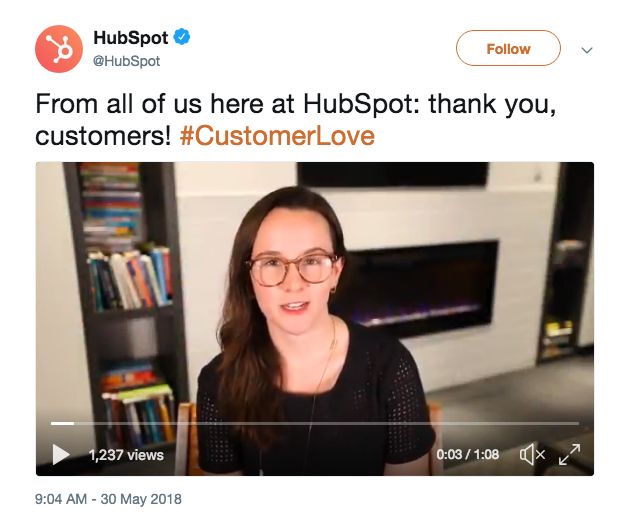
Thanking your customers can do your brand more good than you think:
- 84% of consumers cite recommendations from family, colleagues, and friends as the most influential source of trustworthiness.
- 70% of buying experiences are based on how the customer feels.
Pro-tip: It’s completely fine if your business is just finding its feet and can’t afford to send personalized goodies to customers. There are many simple and sweet ways to thank them on social media:
- Acknowledge every time someone appreciates your brand and reply to them
- Give them a shout-out and tell them how much you value them
- Create a series of stories in the form of videos, blogs, or image descriptions thanking selected customers who’ve been loyal followers of your brand.
- Create a Pinterest board and fill it with all your ‘thank you’ memories
- Share milestones on your social pages and tag your most loyal customers
Ask For Their Opinion
You are probably sitting on heaps of data that you plan to mine so that you know where and how to improve your brand’s customer experience. You also know that this process could take a while and will require a lot of testing. So, why not hear it straight from the horse’s mouth?
Identify different touch points in your brand’s customer experience and ask for their opinion as to how you can improve them. Touch points are specific stages where customers interact with your brand closely, for instance, when they sign up or when they inquire about your product/service for the first time.
Asking your website’s visitors to fill out long-winded feedback forms can get a bit frustrating for them. Hence, social media proves to be the perfect platform for this purpose. It doesn’t feel forced, and you get to hear the thoughts of people at various stages of your brand’s customer journey.
Here are some ways you can ask for your customers’ opinions on social media:
1. Facebook has 3 million monthly active users. Rest assured, a considerable number of your customers are these users. You can use group chats, updates, votes, and Facebook questions to ask for their recommendations.
For instance, WeFix conducted a Facebook vote asking a simple question. It helped them learn more about their customer,s which, in turn, helped them provide a better customer experience.
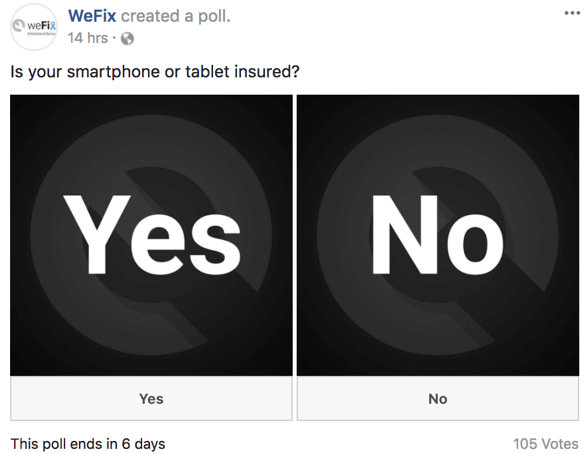
2. With the right hashtag, Twitter chats can get you many wonderful suggestions from your customers, be it about your latest social media marketing campaign or the newsletters you’ve been sending them. Set a time, pick a topic, list down the questions, and encourage your customers to chime in.
Twitter polls also present you with a great opportunity to gauge their temperature. Polls usually work well when you want them to choose between specific options. eBay conducted a clever Twitter poll with the aim of determining the kind of offer that its followers would appreciate more.
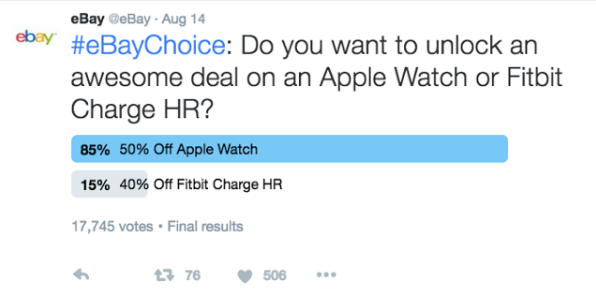
3. If you are up for some personalized human interaction, you can try Google Hangouts. You can go for Live hangouts or Q&A sessions.
4. Instagram polls are a visually stimulating option to get your customers’ opinions. You can include various visuals – product pictures, emojis, GIFs, etc.
Sephora conducted an Instagram poll to understand its customers’ preferences in terms of their beauty products.
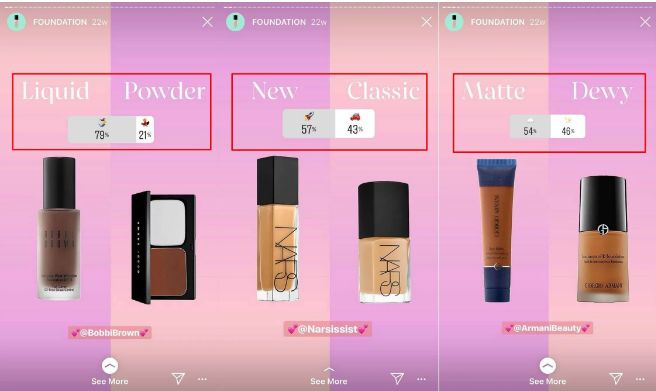
Act On It
Well, it’s the next logical step. However, a lot of brands ask their customers for their opinions and then vanish. This results in two things: one, the customers are left feeling betrayed, and two, the brands risk losing customers. Moreover, collecting opinions and then not doing anything with them turns the whole thing into a meaningless exercise.
Hence, list down all the insights you gained from your customers and find a way to incorporate them into your marketing activities.
This is exactly how Lenovo created a great experience for its customers. Lenovo’s team monitored social media conversations and learned about their customers’ color and screen size preferences. Then, they incorporated these learnings into their product and marketing strategies to provide customers with the best experience.
During this period, their social media marketing shifted its focus from the brand to the customers.

Build a Customer Experience Culture
Try to remember the last time you told your friend or colleague about a brand – surely you must have mentioned some details that were specific to that brand. For instance, the way they replied to your queries or the offers they provide.
These details make up a brand’s total customer experience. Each detail, or let’s say component, is a crucial part of the culture. Here are some examples of brands that’ve built a great culture on social media:
1. Your Tone and Personality
Do you want to portray yourself as the funny millennial or the trustworthy expert? Your brand’s personality plays an important role in determining the kind of experience your customers have.
So, while Taco Bell aims to be witty…
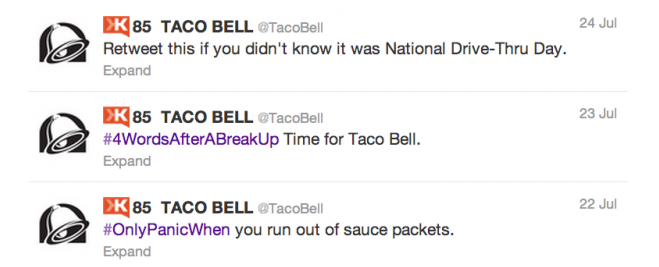
…Intel aims to be informational.
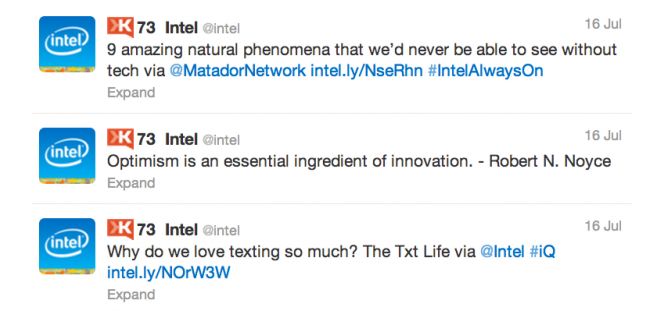
The tone and personality reflect in everything – your color palette, the kind of visuals you use, the way you reply to your customers’ queries, etc.
2. Your Interactions With Your Customers
Do your social media posts talk about your product/service, or do they talk about what concerns your customers? Your answer to this question makes a lot of difference. The former approach makes your conversations brand-centric, and the latter approach makes them customer-centric.
Wholesome Culture is a great example of the latter approach. Take a look at one of their Instagram updates and try to guess the product they’re selling.
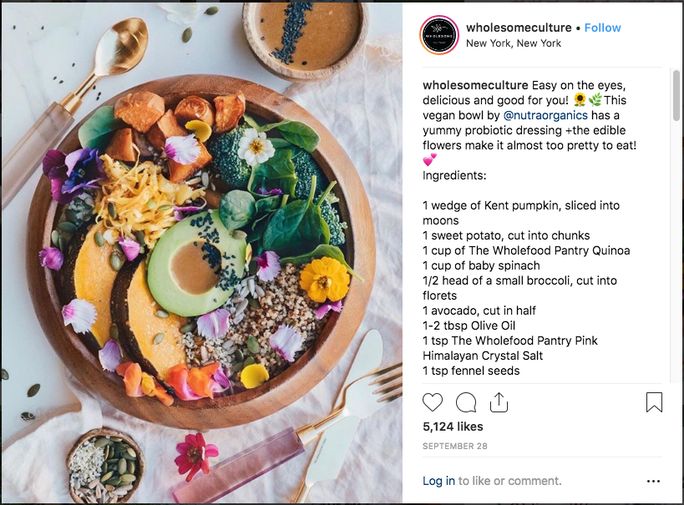
You probably assumed that they are in the business of vegan products. Well, no. Wholesome Culture is a fashion brand, and its target audience consists of people having a plant-based lifestyle. The pro-environment brand aims to make cruelty-free clothing and spread awareness regarding plant-based diets.
So, why are they posting about vegan dishes? Because that’s the kind of content their audience wishes to see.
3. Your Customer Service
This is an obvious one. Your response rate, manner of handling customers’ queries, and ability to provide a personalized customer service experience – everything becomes a part of your culture.
Look at how Adobe does it.
![Customer service tweets Customer_Service_Tweets_From_9_Brands_Doing_Twitter_Support_Right[1]](https://www.socialpilot.co/wp-content/uploads/2021/07/Customer_Service_Tweets_From_9_Brands_Doing_Twitter_Support_Right5B15D.jpg)
Adobe’s customer care team is known for replying in detail, asking questions to understand the issue better. Also, notice how they began by addressing the customer by his first name. That instantly sets a more personal tone and puts the customer at ease.
Tying It All Together
With numerous resources at their disposal, big brands keep setting trends in customer experience. However, this is a challenge for small businesses that are trying to make a place for themselves in the market.
Wait. There’s a silver lining. Social media is a tool that gives small businesses a great opportunity to provide as good a customer experience as the big brands. Using social media management tools like SocialPilot can help in a better and consistent connection with the audience. You can explore SocialPilot’s pricing plans to find an option that fits your budget and business needs. Our recently held Twitter chat had marketing professionals discuss this topic while emphasizing the need for a Social Inbox.
Moreover, as more and more customers take to social media to get brands’ attention, it’s becoming increasingly important for businesses like yours to get your social act together. So, are you ready?



